Recent mass shootings in Buffalo, New York, and Uvalde, Texas, have — like other mass shootings before them — prompted urgent calls for policy reform. Such shootings are unusually common in the United States. Many point to easy access to guns as the primary driver of such attacks; others point to limited security or insufficient access to mental health care.
What is the most effective way to reduce the frequency or severity of such attacks? The answer likely depends on how one defines the incidents of interest. Here we focus on violent attacks in public places targeting multiple people. We exclude more common violent incidents such as gang-related violence or violence conducted with a specific profit motive. We use the phrase “mass violence” to include attacks with other weapons (such as bombs or vehicles). Still, in the United States, the vast majority of such attacks are shootings.
We recently polled the Criminal Justice Expert Panel (CJEP) on this topic. (See our earlier post for more information on the CJEP.) We provided three statements about possible strategies to reduce mass violence. We asked our panelists to rate their level of agreement on a five-point scale from strongly disagree to strongly agree. We also asked our panelists to rate their level of confidence in their response, from 0 (not at all confident) to 10 (very confident). This allows us to aggregate their responses as raw averages across all panelists, and as weighted averages that give more weight to the responses of panelists who were more confident – perhaps because this topic is firmly in their area of expertise and they know the research literature well.
The results are below. They are relevant to several components of a recently-announced bipartisan proposal to address mass violence. That proposal includes red flag laws, enhanced background checks for those under age 21, and increased school security.
You can also explore individual panelists’ responses on the CJEP website. And stay tuned for future surveys! On the website, you can sign up for the CJEP newsletter to be the first to hear about new survey results. You can also follow the CJEP on Twitter.
Criminal Justice Expert Panel Survey Results: Mass violence
Statement 1: Red flag laws, allowing police or family members to petition a court to temporarily remove firearms from a person who presents a danger to themselves or others, would reduce the frequency or severity of mass violence.
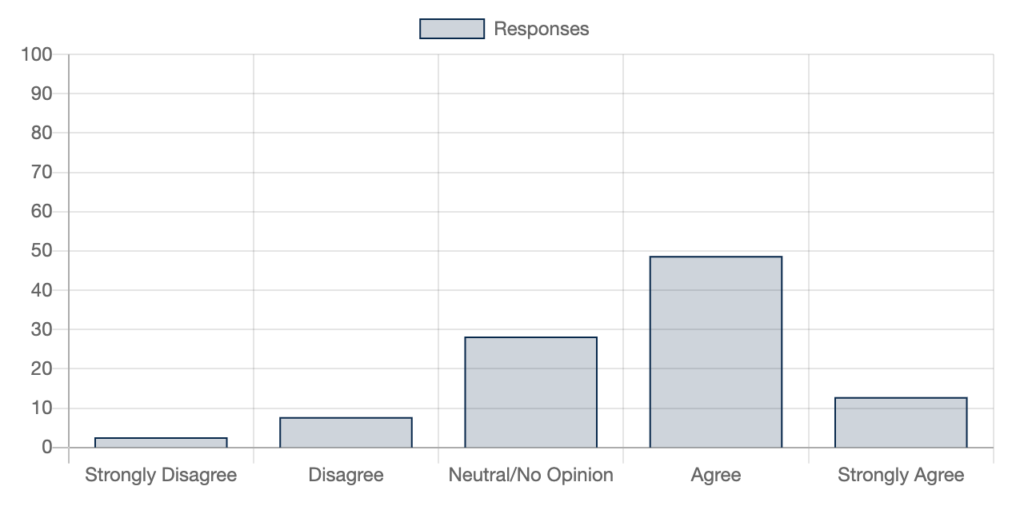
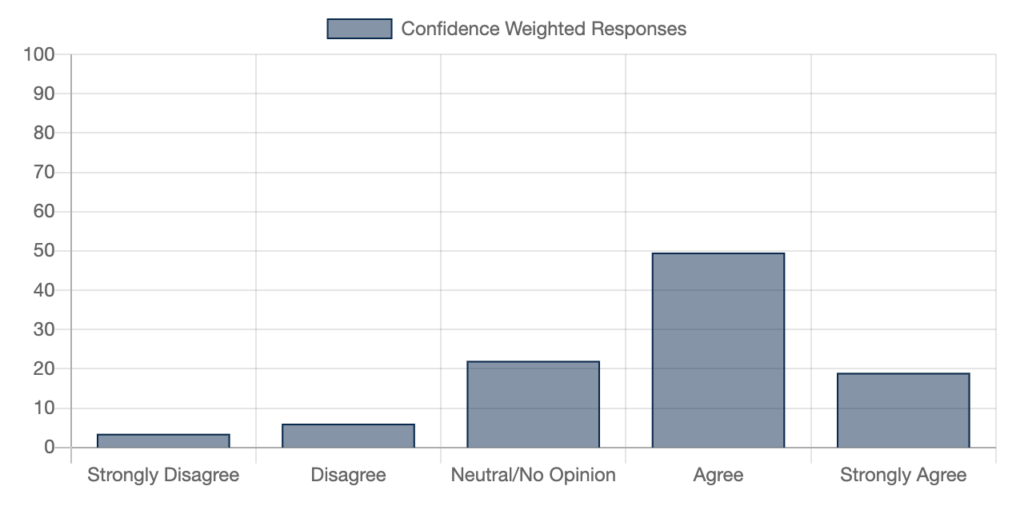
Selected panelist comments (edited lightly to correct typos):
“There is so little research on this because states have only begun enacting the law in sufficient numbers in the last few years. Good reason to believe it can reduce certain forms of gun deaths, namely suicides and domestic homicides—neither of which constitutes mass violence. It is also one thing to enact a red flag law and another to apply it, so any impact is likely to be small if petitions are infrequent or the pool of eligible petitioners is shallow.” – Robert Apel (Rutgers University)
“Especially for individuals with mental health issues, firearms could be confiscated during episodes of medication adjustment. Due to the cyclical nature of mental health issues, this would be particularly helpful.” – Monica Deza (City University of New York)
“If sensibly implemented, it should catch at least a few violence-prone individuals. Not likely to have a large effect though.” – John Donohue (Stanford University)
“Courts to date have set a high bar for the ‘dangerousness’ standard; only about 9/1000 individuals with serious mental illness are committed annually under this standard (SAHMSA 2019). Applying this standard to firearms possession is unlikely to make a large difference to mass violence, but we don’t have clear evidence either way.” – Anna Harvey (New York University)
“While we have some evidence from California that ERPOs are often used to intervene in instances where individuals have threatened mass violence, the most common use of ERPOs are to intervene in instances of expressions or concerns of suicidal behavior. I do not believe we have strong evidence one way or another of the extent to which these laws would prevent or reduce mass violence (as defined above).” – Rosanna Smart (RAND)
Statement 2: Universal background checks, which would require almost all firearm sales in the US to go through the National Instant Criminal Background Check System, would reduce the frequency or severity of mass violence.
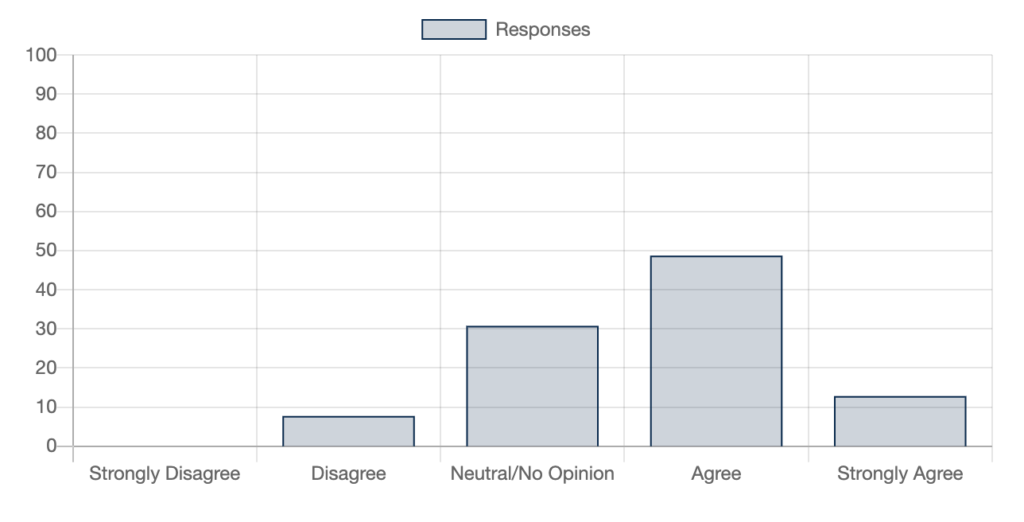
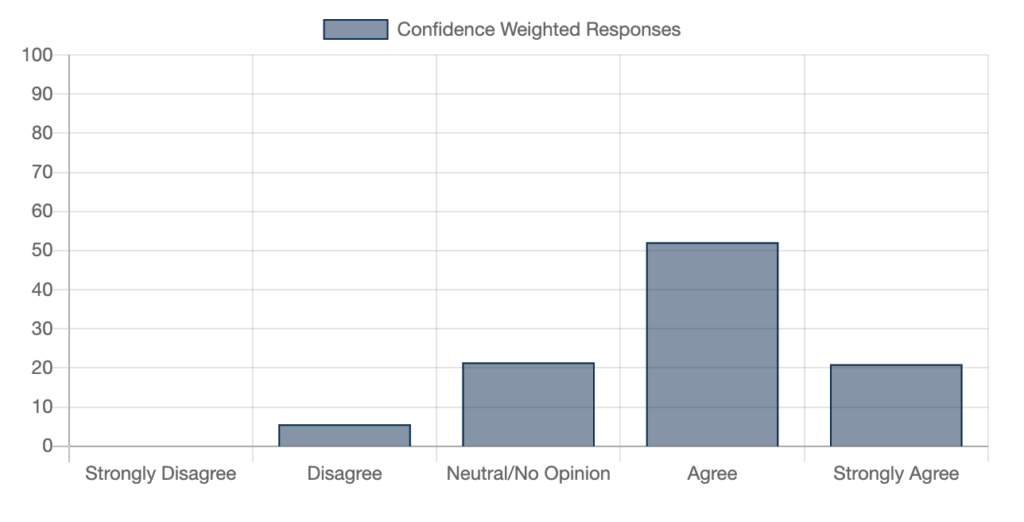
Selected panelist comments (edited lightly to correct typos):
“I would expect the impact to be relatively weak, since many perpetrators have no prior record.” – David Abrams (University of Pennsylvania)
“Mass violence is a rare event that is hard to measure causal impacts on. Background checks would presumably reduce the number of people getting guns (as some wouldn’t pass) and most evidence would imply fewer guns would reduce murders (see e.g. Duggan, 2001, but there is debate in this literature), but I’m less certain we have causal evidence they would reduce ‘mass violence’. A paper by Gius (2017) implies that private sale background checks do not statistically impact school shootings.” – Amanda Agan (Rutgers University)
“I believe additional limits and even bans on semi and automatic weapons would be one of the most effective policies in reducing mass shooting events without being overly restrictive on basic gun rights.” – Stephen Billings (University of Colorado at Boulder)
“I’m not sure that how guns are purchased is the issue with mass shootings. I believe it’s more a matter of what interventions can be put in place to reduce the likelihood that an individual takes violent actions against a group of people and the type of guns that are available to be used to commit such acts.” – Jamein Cunningham (Cornell University)
“I’m afraid that anybody who really wants to get a gun would find a way around the background checks.” – Paolo Pinotti (Bocconi University)
Statement 3: Increasing the presence of armed security at schools and other public venues would reduce the frequency or severity of mass violence.
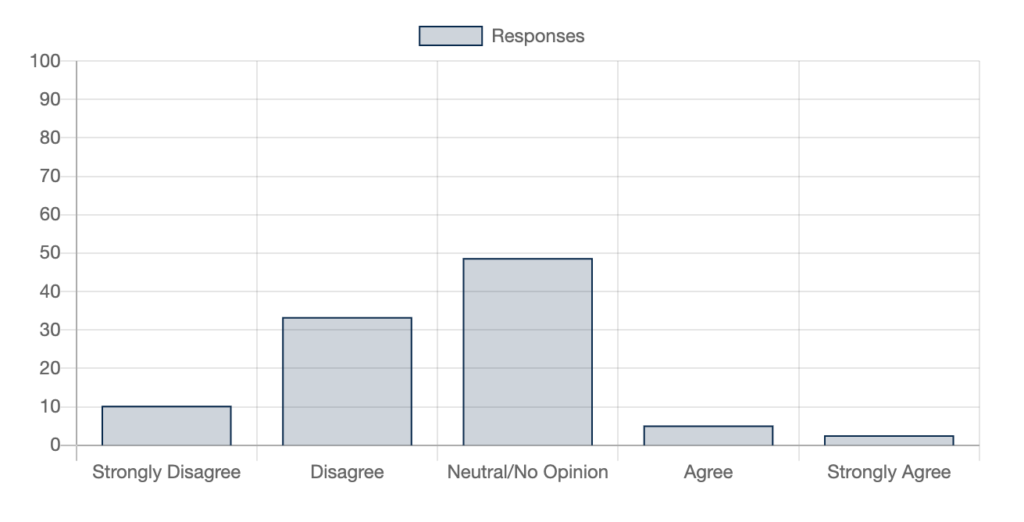
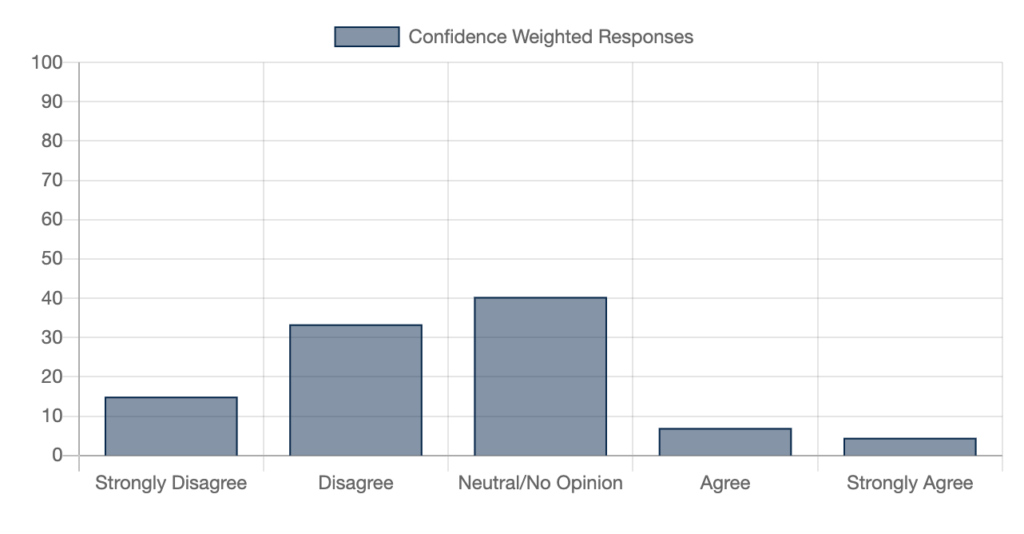
Selected panelist comments (edited lightly to correct typos):
“This is a particularly challenging policy choice. Anecdotally, this security has had minimal impact on diffusing events of mass violence, and the presence of armed security, especially in schools, potentially has high costs.” – Jillian Carr (Purdue University)
“If you have a SWAT team at every significant public venue in the US, this seems likely to reduce the number of killings. But the costs of doing so would likely be prohibitive. My sense is having a police officer at every school might reduce the deadliness of mass shootings if the officer is able to engage the shooter more quickly. But this is an open question and there’s not a lot of strong evidence since mass shootings, while concerning, remain rare.” – Aaron Chalfin (University of Pennsylvania)
“School resource officers might deter mass shootings (we don’t have a strong counterfactual against which to judge), but they clearly aren’t sufficient to make the threat of school violence in the U.S. comparable to other wealthy nations. These police positions are typically staffed for rule enforcement, not as a rapid-response force against catastrophic violence. I worry that parents and students might face big intangible costs in terms of intellectual and social development if schools become fortresses.” – Greg Midgette (University of Maryland)
“I have not seen strong enough evidence on this question to make a strong conclusion. Armed security probably reduces violence in public spaces generally, but the literature on schools that I’ve read is not clear. Equally or more important than the effects on violence are the potential costs and harm from turning to armed security in schools–we should be looking at other outcomes, like school discipline, academic performance, sense of belonging alongside outcomes related to violence.” – Patrick Sharkey (Princeton University)
“I am not aware of any empirical, causal evidence on the extent to which the presence of armed security at schools and other public venues affects the likelihood or severity of mass violence. While a recent study (Peterson, Densley, & Erickson, 2021) found a positive association between armed officer presence and increased casualties in school shootings, its cross-sectional nature and other limitations preclude a causal interpretation.” – Rosanna Smart (RAND)
Photo credit: iStock